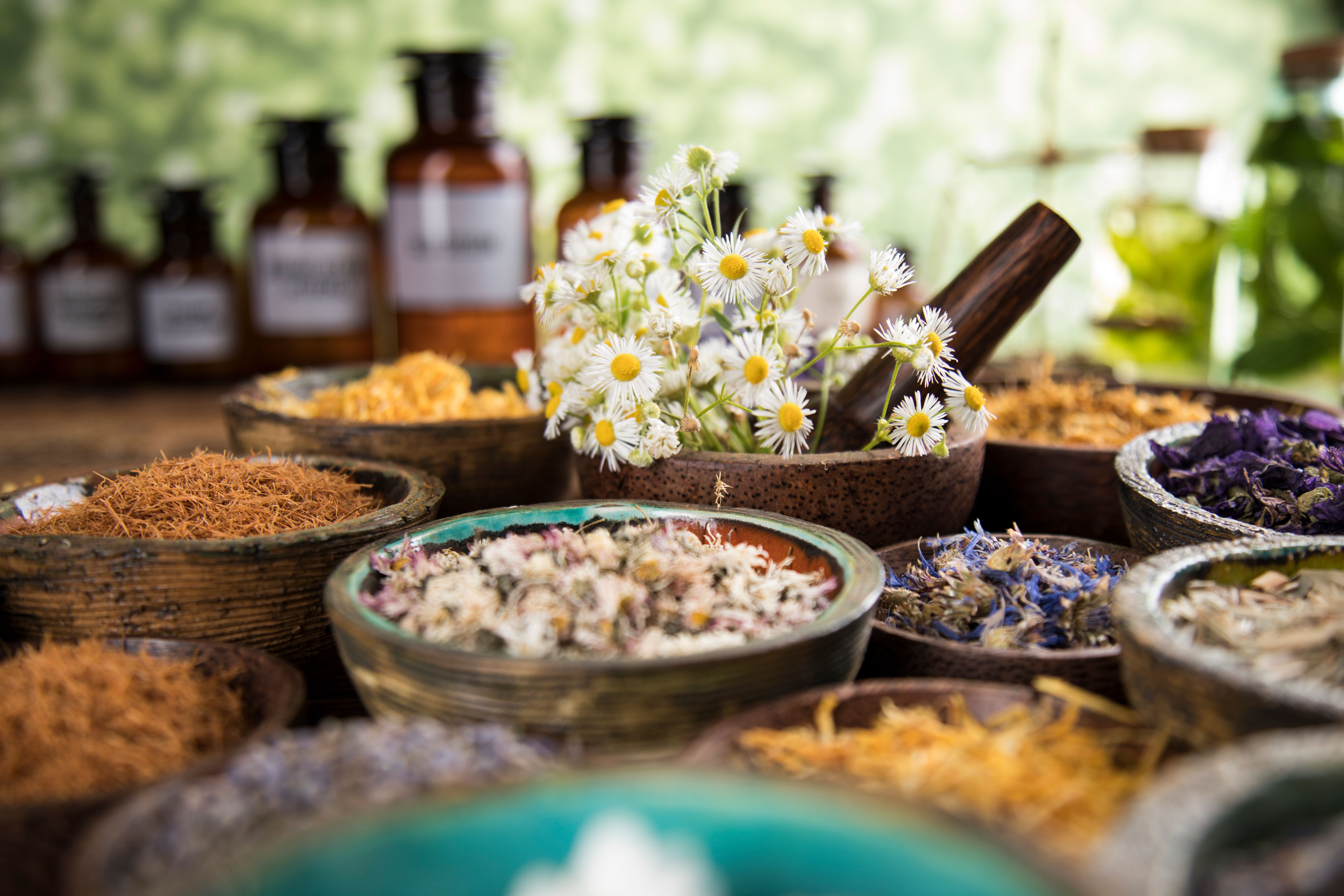Advancing Herbal Medicine Analysis: A Revolutionary System for Screening and Purifying Active Ingredients
A novel system combining hydrogel-modified human umbilical vein endothelial cell membrane chromatography with high-performance liquid chromatography-mass spectrometry revolutionizes the screening and purification of active ingredients in herbal medicines.
An innovative system has been developed for the screening and purification of active ingredients from herbal medicines, combining hydrogel-modified human umbilical vein endothelial cell membrane chromatography with semi-preparative high performance liquid chromatography (HPLC)-offline-high performance liquid chromatography–mass spectrometry (HPLC–MS). This groundbreaking research, led by Hui Huang at Fu Jian Health College in China, published in the Journal of Separation Science, offers a significant advancement in the analysis and characterization of traditional Chinese medicine (1).
Natural remedy, herbal medicine and wooden table background | Image Credit: © Sebastian Duda - stock.adobe.com

Conventional analytical screening and validation systems, which utilize cell membrane chromatography and two-dimensional chromatography-tandem mass spectrometry, face limitations in providing prepared samples containing the active ingredients found in traditional Chinese medicine. Consequently, these samples cannot be directly used in subsequent studies. To overcome this challenge, the research team developed a semi-preparative cell membrane chromatography column using a hydrogel-modified carrier and human umbilical vein endothelial cells. The optimization process involved fine-tuning parameters such as hydrogel polymerization, cell fragmentation, and cell membrane volume, resulting in an impressive binding ratio of 15.79 mg/g between membrane protein and carrier.
The newly developed column was subjected to rigorous evaluation using multitarget tyrosine kinase inhibitors, demonstrating excellent specificity and reproducibility. Building upon this success, the researchers coupled the column with a semi-preparative high-performance liquid chromatography-offline-high-performance liquid chromatography-mass spectrometry system. Through this integrated approach, they successfully screened and purified 15 active ingredients from Indigo naturalis, a traditional Chinese medicine. Within the identified compounds, five main components stood out: L-lysine, oxyresveratrol, tryptanthrin, isorhamnetin, and indirubin.
Moreover, the pharmacological effects of these ingredients were validated using cell proliferation and apoptosis assays. The results unveiled the potent abilities of the identified compounds to inhibit proliferation and promote apoptosis in human chronic myelogenous leukemic cells and human promyelocytic leukemic cells (p < 0.001). This finding not only underscores the therapeutic potential of the screened ingredients but also validates the efficacy of the developed system in identifying bioactive components with significant pharmacological effects.
In conclusion, the system developed by Hui Huang and the team represents a major breakthrough in the screening and purification of active ingredients from herbal medicines, particularly traditional Chinese medicine. By combining hydrogel-modified human umbilical vein endothelial cell membrane chromatography with semi-preparative HPLC-offline-HPLC–MS, this innovative approach enables the preparation of samples with enhanced bioactive components. The system opens up new possibilities for studying the mechanisms of action and therapeutic potentials of traditional herbal medicines, paving the way for future advancements in natural product-based drug discovery and development.
Reference
(1) Huang, H.; Dai, Y.; Zhang, Y.; Li, Y.; Ye, H.; Guo, D.; Lu, Q.; Cai, X. System to screen and purify active ingredients from herbal medicines using hydrogel-modified human umbilical vein endothelial cell membrane chromatography coupled with semi-preparative high-performance liquid chromatography-offline-high-performance liquid chromatography-mass spectrometry. J. Sep. Sci. 2023. DOI: https://doi.org/10.1002/jssc.202201010
Silvia Radenkovic on Her Research and Passion for Scientific Collaboration
April 3rd 2025Radenkovic is a PhD candidate at KU Leuven and a member of FeMS. Her research focuses on inborn metabolic disorders (IMD), like congenital disorders of glycosylation (CDG), omics techniques such as tracer metabolomics, and different disease models.
Advances in Non-Targeted Analysis for PFAS in Environmental Matrices
March 27th 2025David Megson from Manchester Metropolitan University in Manchester, UK, spoke to LCGC International about the latest developments in non-targeted analysis (NTA) of per- and polyfluoroalkyl substances (PFAS) in environmental matrices based on a recent systematic review paper he has collaboratively published (1).
Study Explores Thin-Film Extraction of Biogenic Amines via HPLC-MS/MS
March 27th 2025Scientists from Tabriz University and the University of Tabriz explored cellulose acetate-UiO-66-COOH as an affordable coating sorbent for thin film extraction of biogenic amines from cheese and alcohol-free beverages using HPLC-MS/MS.
Quantifying Microplastics in Meconium Samples Using Pyrolysis–GC-MS
March 26th 2025Using pyrolysis-gas chromatography and mass spectrometry, scientists from Fudan University and the Putuo District Center for Disease Control and Prevention detected and quantified microplastics in newborn stool samples.






